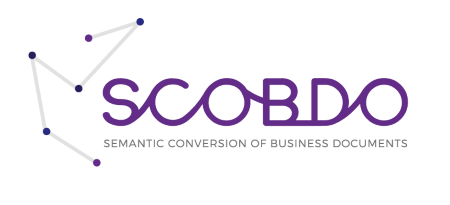The most important bottleneck for adoption of e-invoicing is the uptake of e-invoicing interfaces by providers of standard (ERP and financial) software packages. Software providers are reluctant to produce and offer such interfaces, as standards for e-invoice formats are not stable (and there exist many of them). The same is true for users of dedicated administrative software in governmental organisations.
Presently, almost each country uses a different format for e-invoices. In some countries, multiple formats are used. Formats have versions and variants. For example in the Netherlands, Edifact invoices (in different versions) are used in retail and transport, HRXML is used in temporary staffing, UN/CEFACT XML is used in agriculture and horticulture, OHNL (a UBL dialect) is used by the government and Peppol Bis (another UBL dialect) is used by various other industries.
The emerging norm EN 16931 (the main product of CEN/TC434) aims to replace all these formats, but for some time will need to co-exist with them. Software will not be adapted to that norm, unless the owner has a strong business case. This means that in fact yet another format is added to the collection.
Services will appear (and are already existing) to convert instance messages from one format into another. The mappings between formats, these services need, are created manually. The formats are manually compared and field-by-field a mapping is made. The semantics of most formats are however described in a fuzzy, unprecise way, so interpretations are needed. This may lead to mapping faults and ultimately to disputes on the business level.
For the longer term, many industries will define extensions to EN 16931, in order to accommodate their requirements. Some of those requirements will be common among industries, e.g. the accommodation of multiple deliveries on an invoice. A coordination mechanism is needed to ensure that similar solutions are chosen for similar requirements.
With the many existing formats, versions and extensions, the mapping effort for the conversion services is huge: it grows quadratically with the number of formats. As it is to be expected that trade is not hindered by intra-European borders, the services ultimately need to support most of the formats in use in all European countries and industries. For most service providers, the costs involved will become prohibitive.
Download Flyer SCOBDO-ENG
Download Flyer SCOBDO-NED
